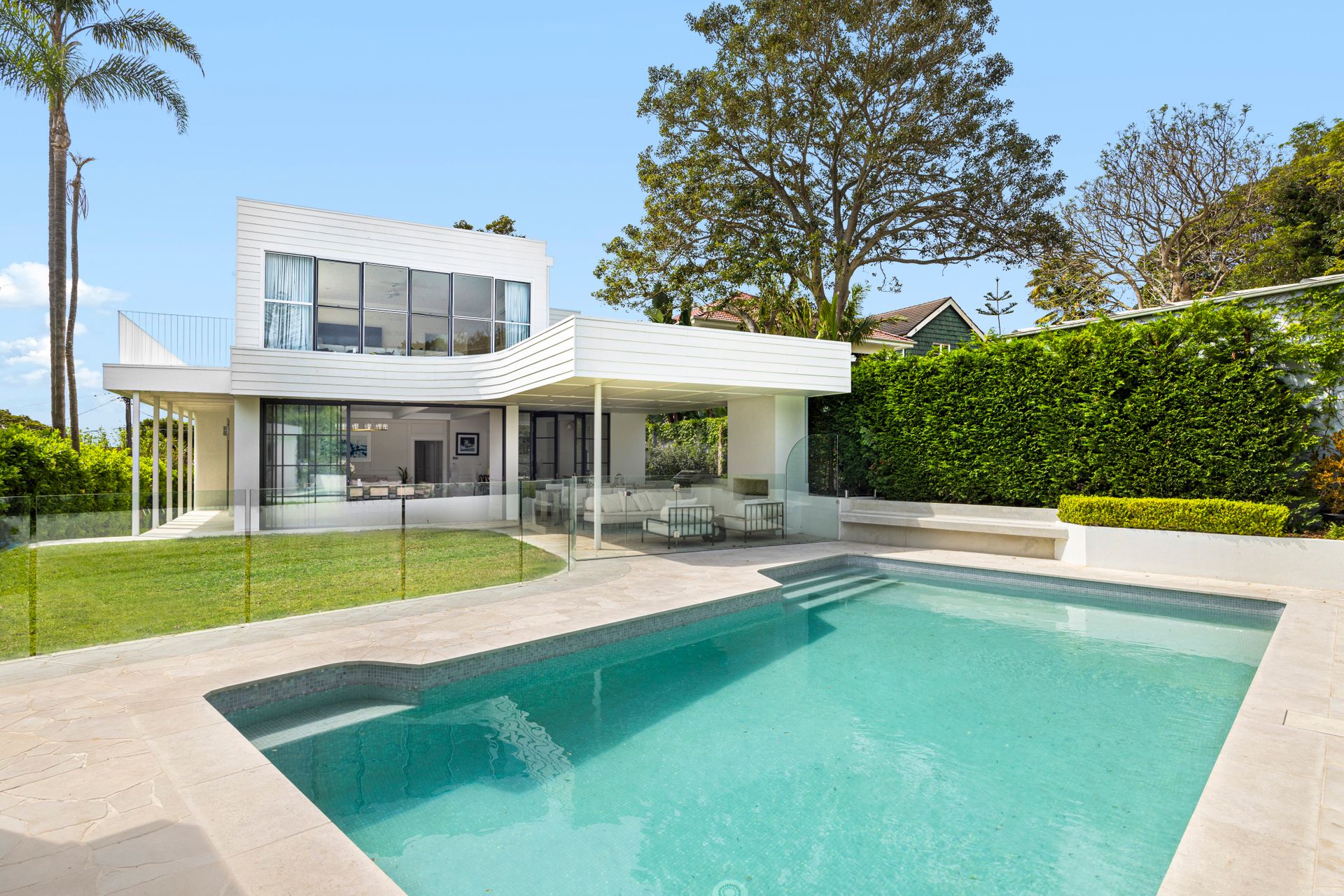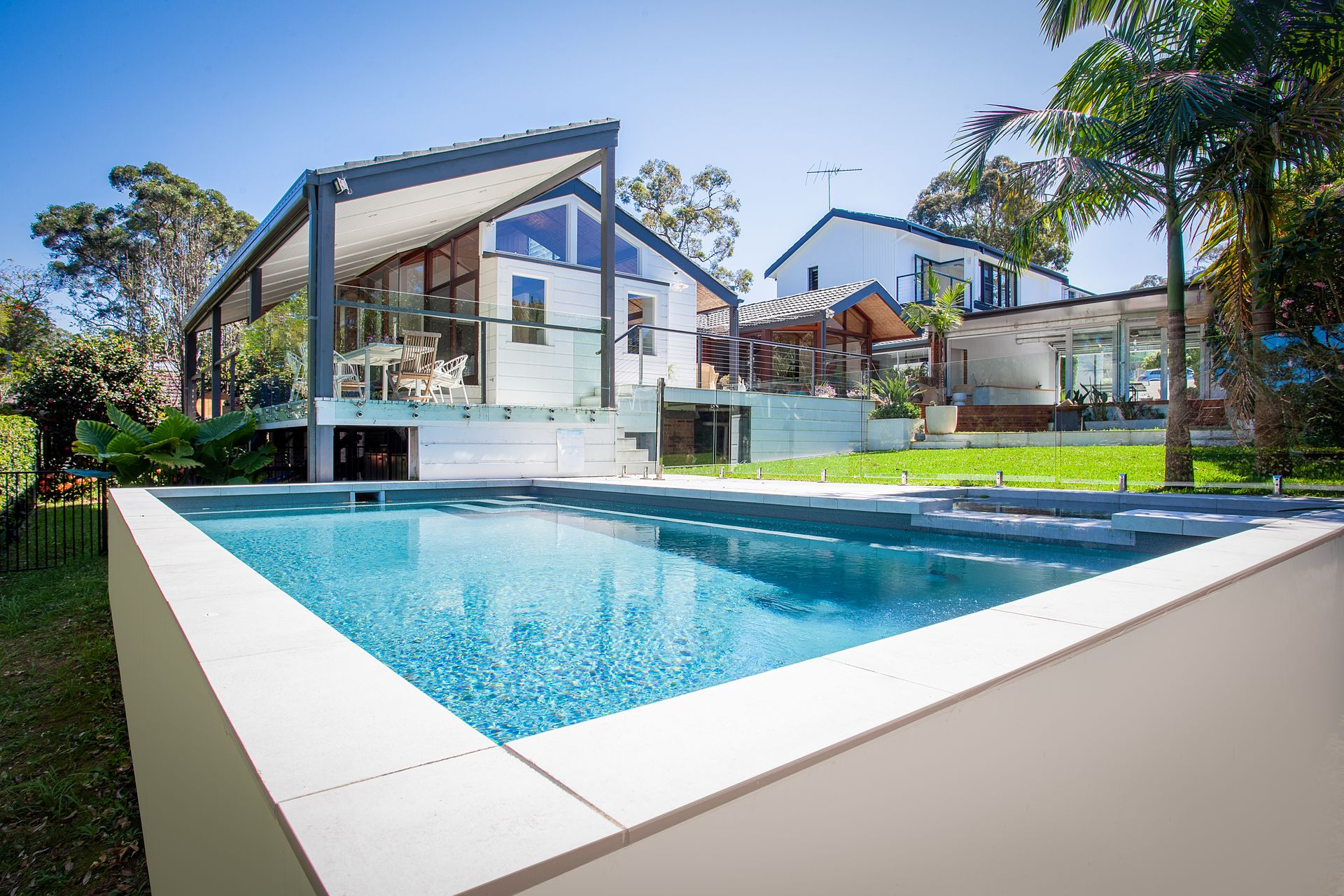Every real estate investor must assess the market carefully before purchasing a rental property. Many first-time investors focus too much on the purchase price while overlooking ongoing expenses, which often results in negative cash flow and lower-than-expected returns.
Understanding how to evaluate a rental property in Australia is essential for smart investing. From rental appraisal meaning to calculating cash flow and using an investment property calculator, this guide covers the key tools and concepts that ensure long-term profitability.
This guide breaks down essential evaluation methods, from cash flow analysis and cap rates to financing strategies. If you get these principles right, you will avoid costly mistakes and secure a rental property that builds wealth over time.
The 55% rule – A Quick Check for Cash Flow Potential
Evaluating a rental property can feel overwhelming, especially when estimating cash flow. But thanks to the 55% rule, you can determine whether a rental property generates enough income to cover mortgage payments and still keep operating expenses manageable.
Understanding the 55% Rule
The 55% rule is a quick formula used to estimate whether a rental property will generate positive cash flow. It assumes that 45% of rental income will go toward operating expenses, leaving 55% available to cover the mortgage and generate potential profit.
How It Works
- Formula: Net Operating Income (NOI) = Rental Income – Operating Expenses (excluding mortgage payments)
Why Use the 55% Rule?
- It helps you estimate cash flow without complex calculations.
- You will identify properties where expenses may be too high relative to income.
- This rule helps you to avoid properties that appear profitable on paper but have hidden costs.
It also serves as a starting point in a broader process of evaluating a rental property investment. For deeper insight, tools like a rental calculator, investment property calculator, or even a property cash flow calculator can offer more detailed financial projections.
This rule is particularly useful for a first-time investor since you may not deeply understand real estate financials. However, while it provides a strong baseline, you should still conduct a detailed cost analysis before purchasing a property.
Common Operating Expenses (45% of Rent)
When evaluating a rental property, much of the rental income goes toward operating expenses, which include fixed and variable costs. If you understand these costs, you will avoid underestimating expenses and overestimating profitability.
What Counts as Operating Expenses?
- Property Taxes & Insurance. Essential fixed costs that vary by location.
- Maintenance & Repairs. Includes routine upkeep, appliance replacements, and structural repairs.
- Vacancy Costs. You should budget for months when the property may be unoccupied.
- Property Management Fees. If hiring a manager, expect 10-21% + GST of rental income fees.
- Utilities & Services. Covers lawn care, snow removal, pest control, and emergency repairs. If you’re considering the short-stay market, additional protections like short-term rental insurance may be needed to cover property damage or liability.
Example Calculation
Let us assume a rental property has a monthly rental income of $3,000.
- Operating Expenses (45% of Rent): $1,350
- Remaining income (55%): $1,650. This amount should cover the mortgage payment to maintain a positive cash flow.
If the mortgage payment exceeds $1,650, the property may not be financially viable.
You can also use a rental profit calculator or a rental return calculator to assess potential profitability before buying.
See more: How to Turn Your Property into a Profitable Holiday Let
Cap rate – A Way to Measure Your Investment Return
What is Capitalisation Rate (Cap Rate) and why use it in real estate investing? Here is what you should know:
What is the Cap Rate?
This is a formula used to assess a property’s profitability. It calculates the percentage return you can expect as an investor before mortgage payments or financing costs.
Formula:
Cap Rate = (Net Operating Income ÷ Property Value) × 100
A higher cap rate suggests a better cash flow potential, while a lower cap rate often indicates more stability but lower returns.
Why Use Cap Rate?
- It allows you to compare properties across different price points.
- It provides a snapshot of expected returns before financing considerations.
- Once you have the Cap Rate, you can quickly tell if a property is high-risk.
Cap rates are an essential metric when learning how to evaluate a rental property. For quick comparisons, a cap rate calculator can simplify the process.
Example Calculation:
Consider a rental property with the following figures:
- Property Value: $300,000
- Annual Net Operating Income (NOI): $21,000
Using the formula:
Cap Rate = ($21,000 ÷ $300,000) × 100 = 7%
You can then compare this 7% cap rate with other properties in the area to determine if it aligns with your financial goals.
How to Know If Your Property’s Cap Rate Is Good
Cap rates often vary depending on the location, property type, and market conditions. Below is a benchmark comparison to help you interpret cap rates:
| Cap Rate | What it means | Who is it for |
| 8-12% (High) | Higher risk but high-profit potential. | Investors seeking aggressive cash flow with higher risk tolerance. |
| 5-7% (Medium) | Balanced risk and profitability. | Ideal for most investors looking for stable, moderate returns. |
| Under 5% (Low) | Lower risk but limited profit potential. | Best for long-term investors prioritising stability and appreciation. |
Key Consideration:
Cap rates are vital in real estate investment analysis and can help you evaluate rental property investments across various suburbs and property types. However, the cap rate does not factor in mortgage costs, meaning it only reflects raw profitability rather than actual post-loan cash flow. You should, therefore, analyse financing separately to get a full picture of net returns.
For short-term investors, ROI can vary significantly based on factors like occupancy and nightly rates. If you’re considering the short-stay market, learn more about how to calculate ROI on a short-term rental property.
Some Tax on Rental Income in Australia you’ll need to know
Smart Financing – The Importance of a Larger Down Payment
When purchasing a rental property, pay attention to the down payment size. As a first-time investor, it is important to understand the long-term advantages of a higher down payment.
Why a Higher Down Payment is Key
As you would expect, a higher down payment lowers monthly mortgage costs. Lenders view larger down payments as lower risk, which often result in better interest rates and more favourable loan terms.
Example Scenarios:
Consider two scenarios for a $250,000 rental property at a 7% interest rate:
First Option: 20% Down Payment ($50,000)
- Loan Amount: $200,000
- Monthly Payment: $1,330 (excluding property taxes and insurance)
Second Option: 30% Down Payment ($75,000)
- Loan Amount: $175,000
- Monthly Payment: $1,162 (saving $168 per month)
These savings improve your rental cash flow and overall investment property ROI. With the second option, the lower loan amount results in a reduced monthly payment, which frees up cash flow for repairs or reinvestment. A bigger down payment also reduces overall interest costs and allows you to build equity faster.
Benefits of a Larger Down Payment:
- Lower Monthly Payments: More manageable cash flow.
- Reduced Loan Interest: Lower total repayment over time.
- Better Loan Terms: Higher approval chances and favourable rates.
- Increased Equity & Stability: Protection against market fluctuations.
Use a mortgage calculator investment property or an investment property ROI calculator to test how different down payments affect cash flow and return.
Alternative Ways to Increase Your Down Payment
If saving a large down payment feels overwhelming, you can consider alternative strategies to increase your initial investment fund. Here is how:
- Negotiate a Lower Purchase Price
Look for sellers willing to adjust pricing in exchange for a quick closing or flexible terms.
- Leverage Home Equity or Retirement Funds
If you own another property, consider a home equity loan to supplement your down Payment. Some investors tap into self-directed IRAs for real estate investments.
- Utilise Seller Financing
Some sellers offer in-house financing, which allows buyers to negotiate smaller loan amounts with reduced down payment requirements.
- Build “Sweat Equity”
Invest in DIY repairs and improvements to increase a property’s value before refinancing. Consider fixer-upper properties where equity can be built post-purchase.
- Explore Down Payment Assistance Programs
Some local governments or investment groups offer grants or tax incentives for first-time investors. You want to research programs based on state-specific investment incentives.
These strategies are helpful when figuring out how to invest in real estate without heavy upfront capital.
Read more about How to Transform Your Property into a Holiday Home or Executive Apartment
Reducing transaction costs – Keeping More of Your Profits
Now that you know the basics of evaluating a rental property, let’s talk transaction fees. Something to note is that these fees can often eat into your returns when buying or selling a rental property. Buying costs include loan fees, title insurance, and closing costs (ranging from 4-5% of the purchase price). Selling costs can be even higher, with agent commissions and taxes totalling 8-10% of the selling price.
If you want to reduce these costs, negotiate lower agent commissions, compare lenders for better loan rates, and even handle minor property repairs before selling to maximise value. Also consider using a rental appraisal calculator or rental estimate tools to set accurate pricing, whether buying or selling.
Once you have acquired your ideal property, consider a full-service management solution to maximise efficiency and profitability. L’Abode Accommodation offers end-to-end management services, from marketing and guest bookings to property security and maintenance. Whether you are turning your rental into a short-term holiday stay or a long-term investment, L’Abode ensures a streamlined investing experience.
You may know about Benefits a Property Management Company Brings to Your Rental Success


